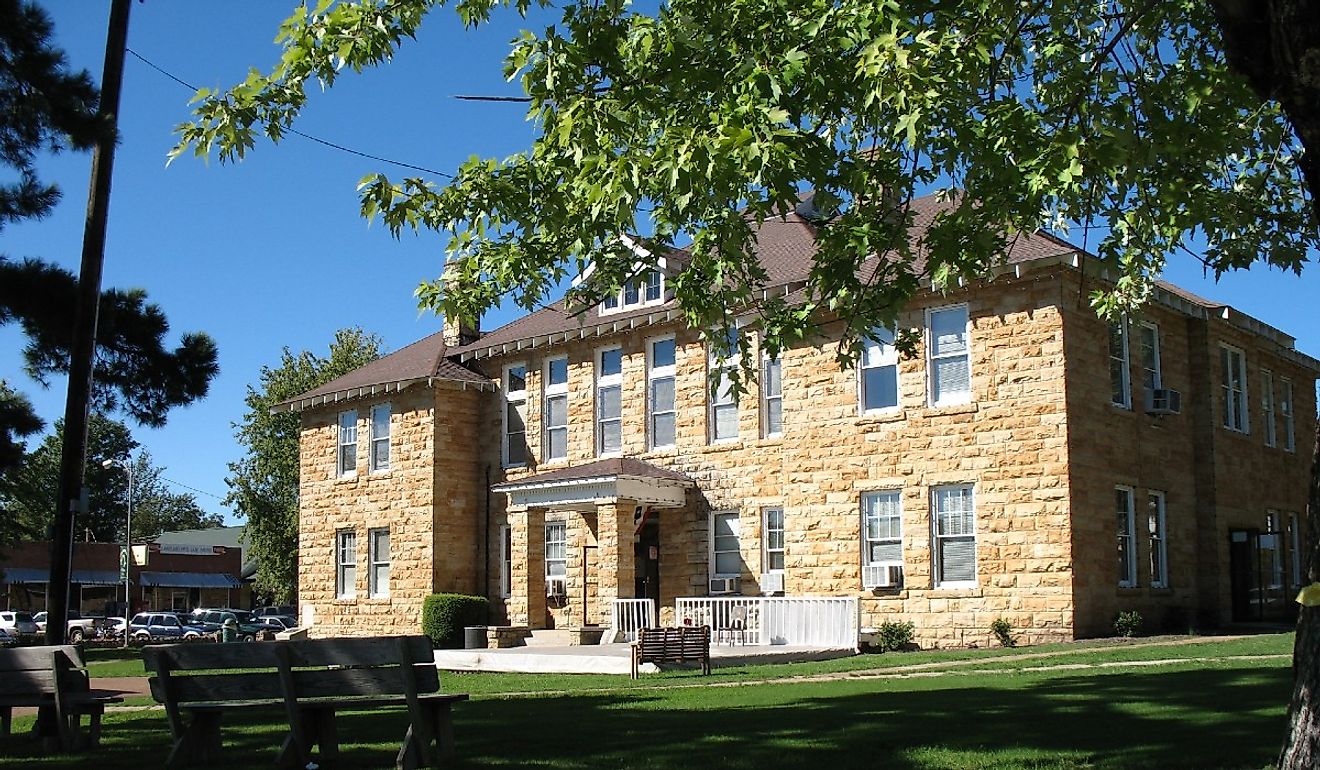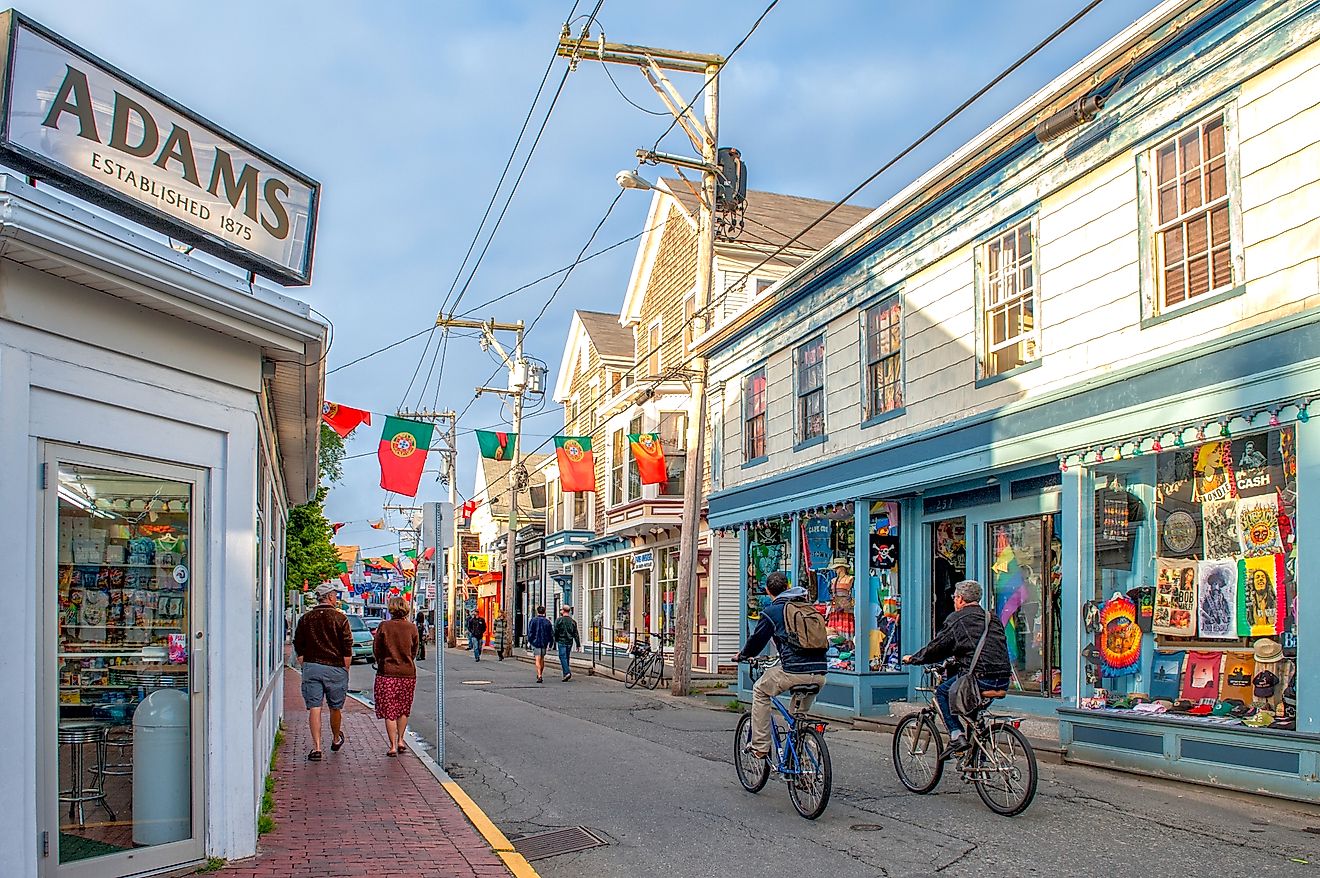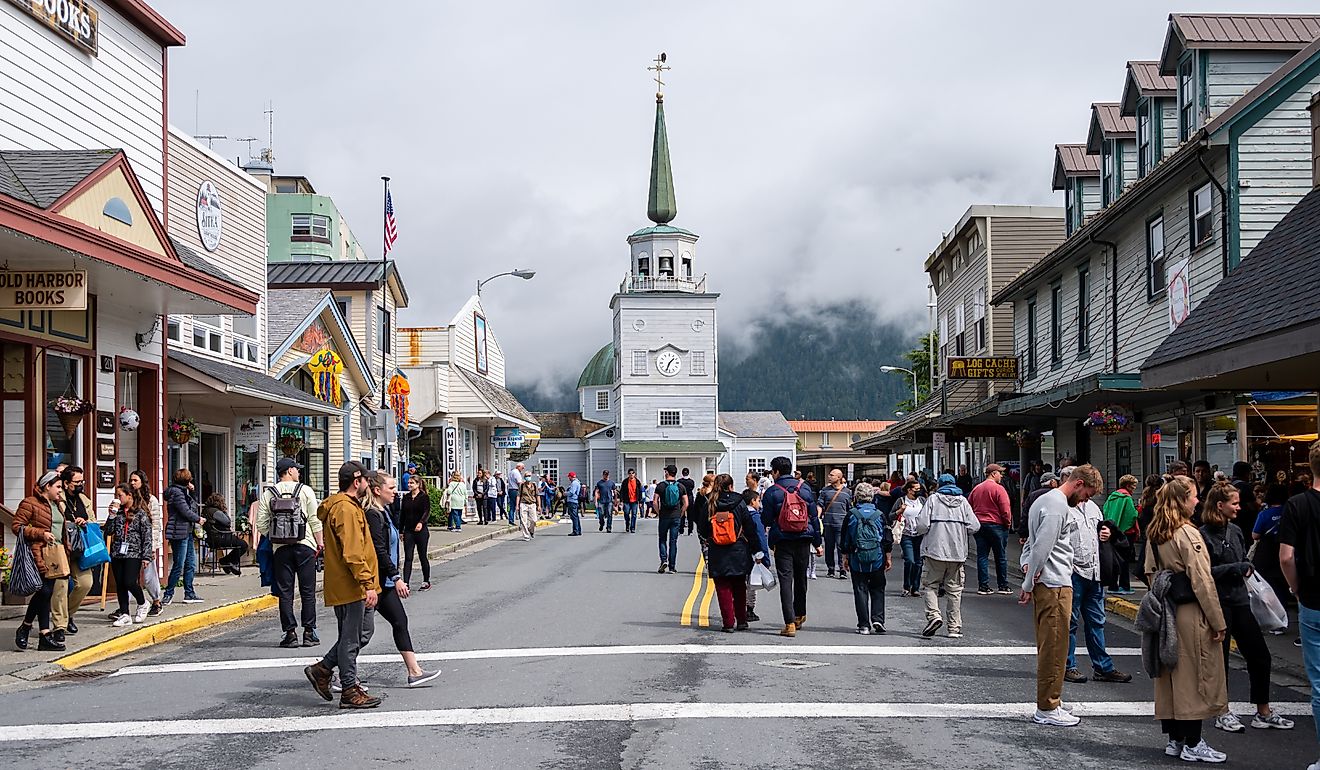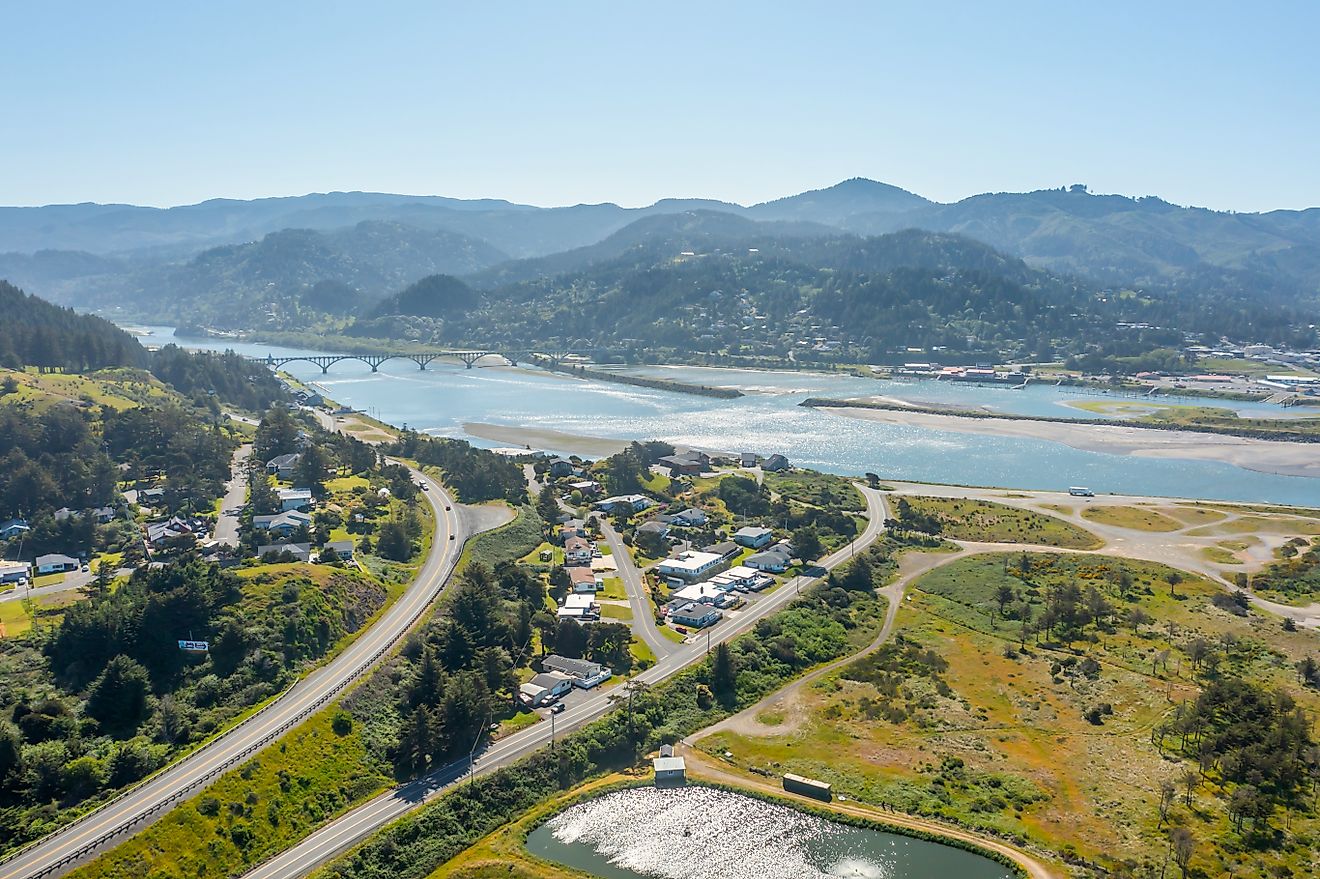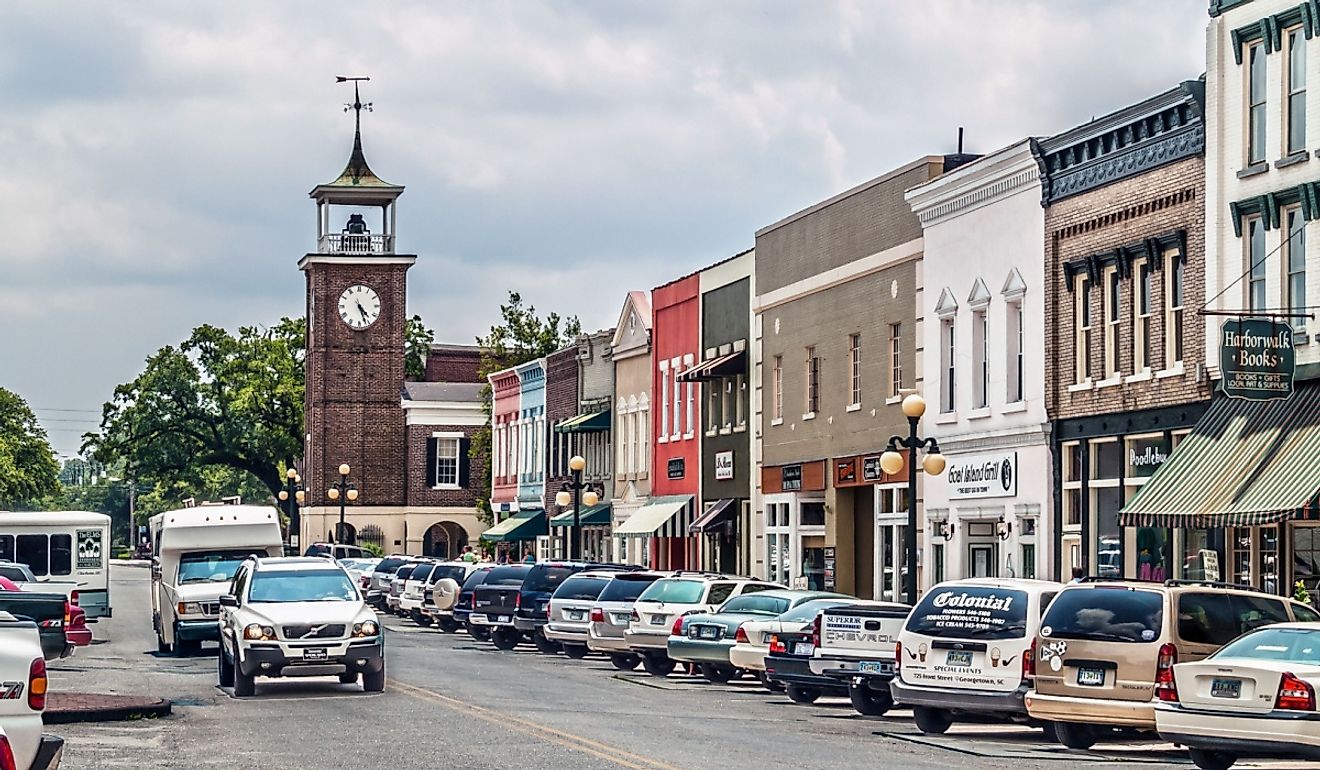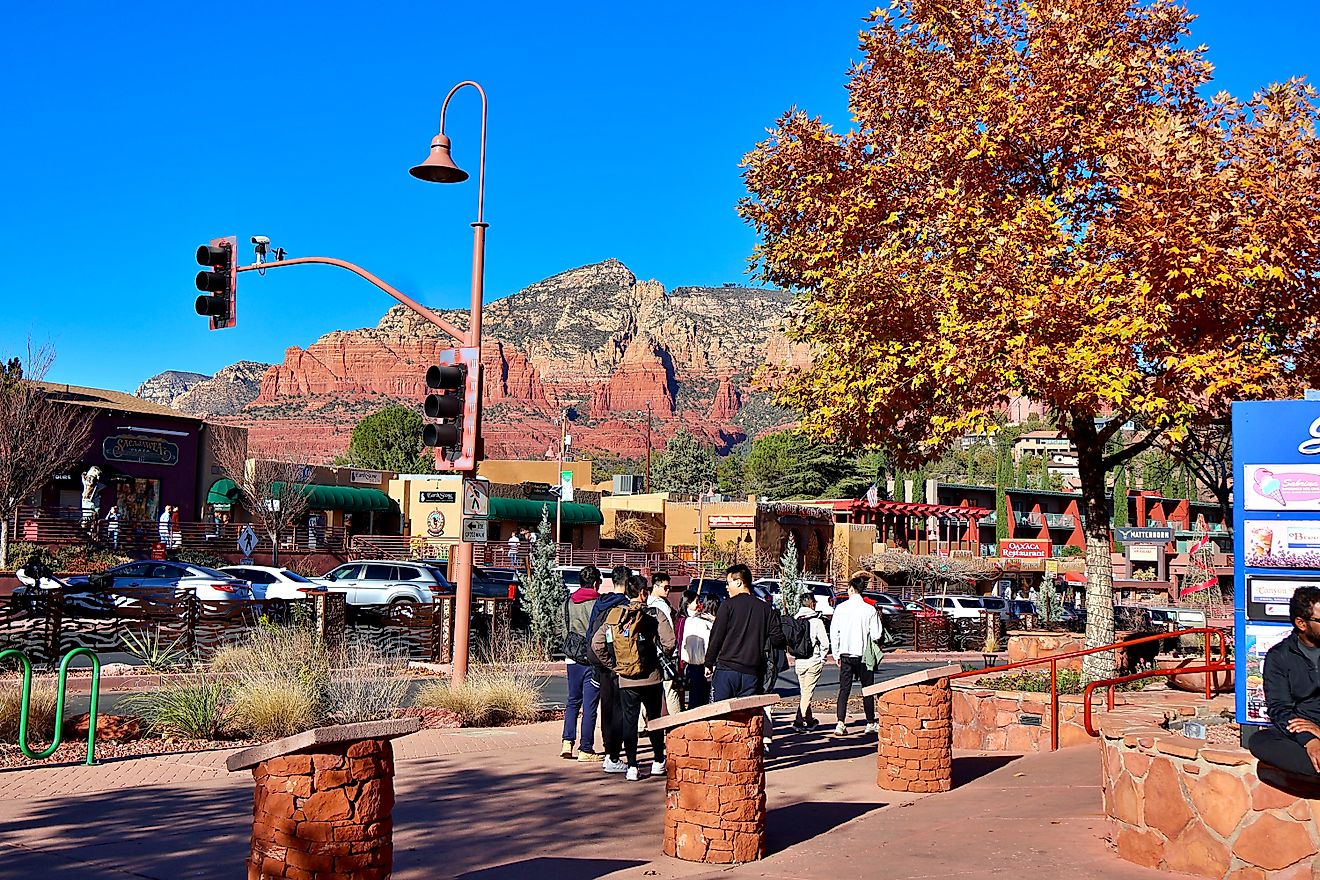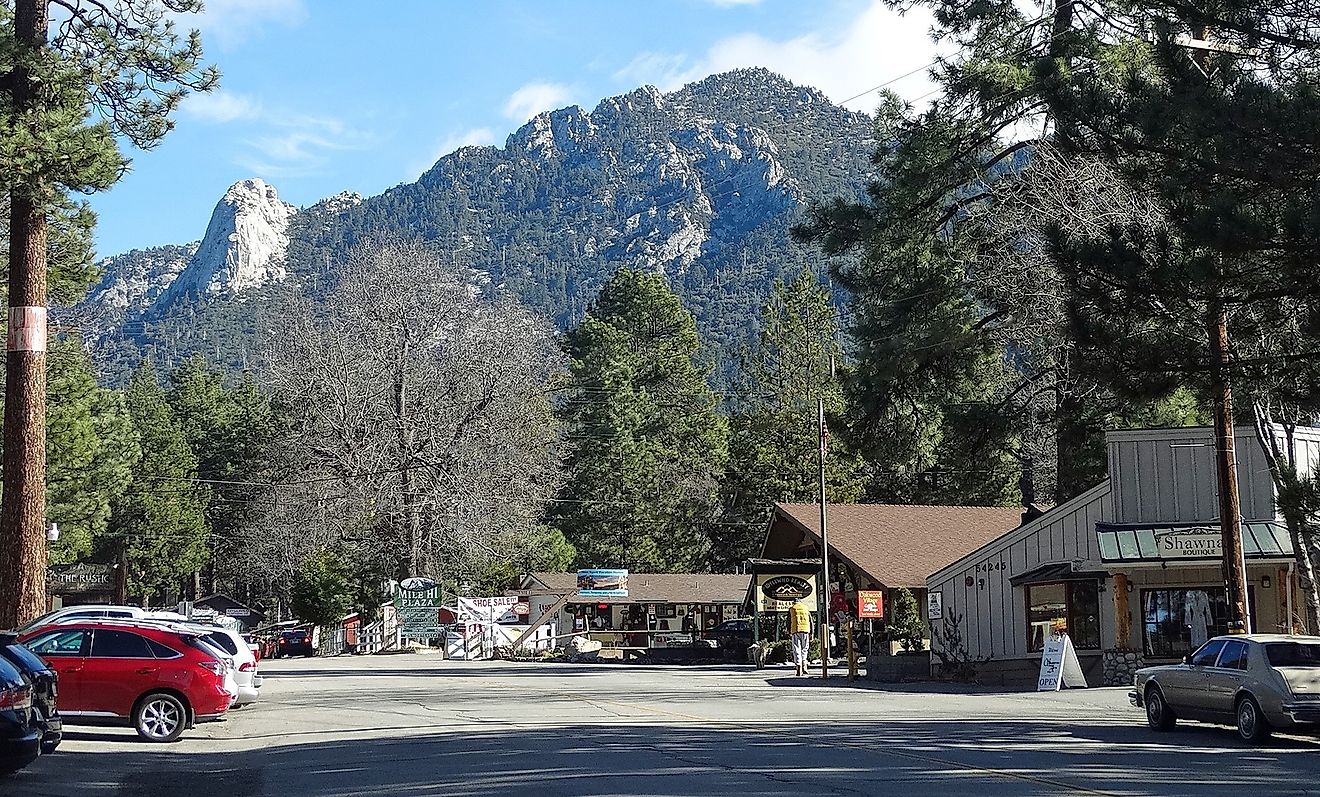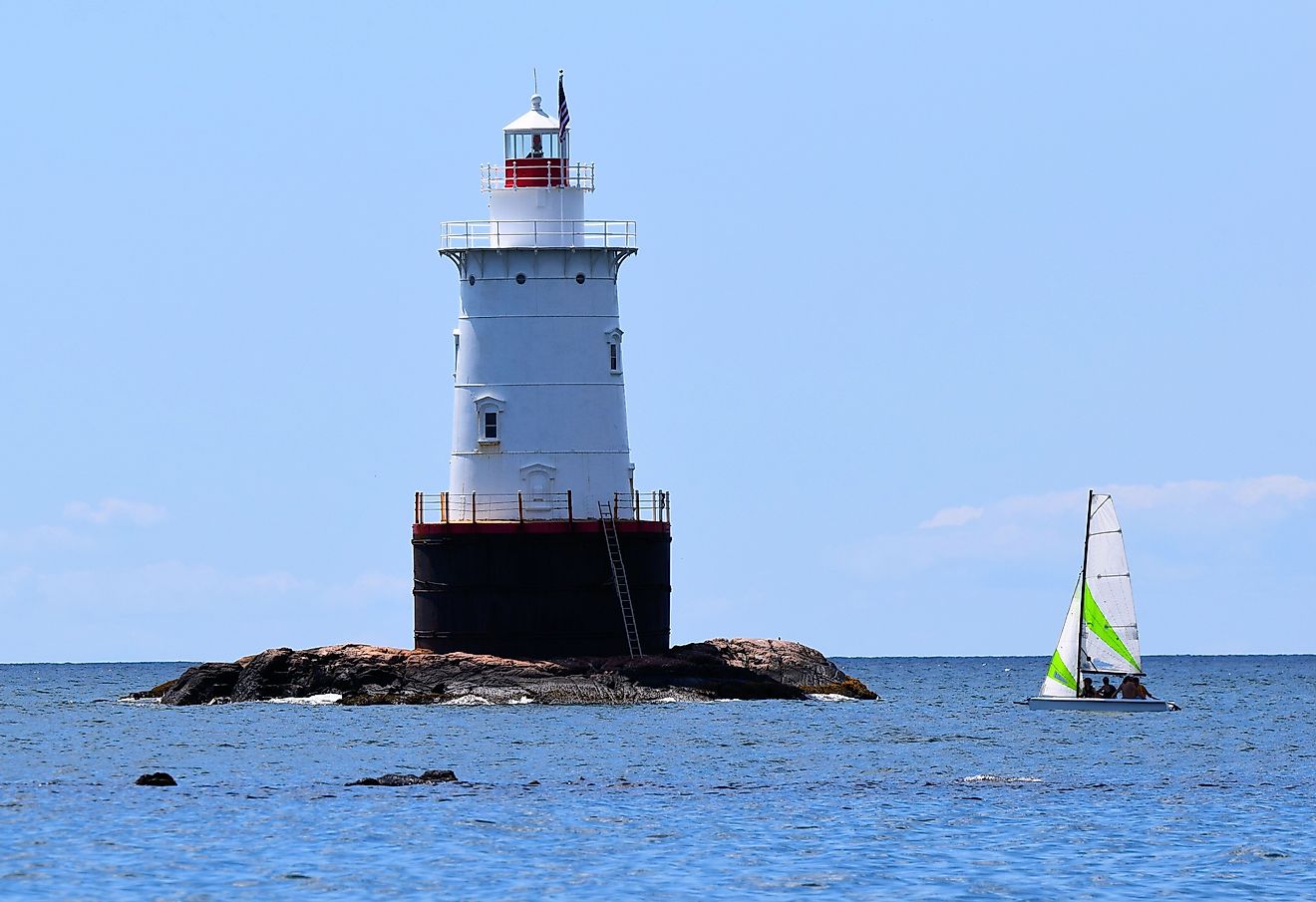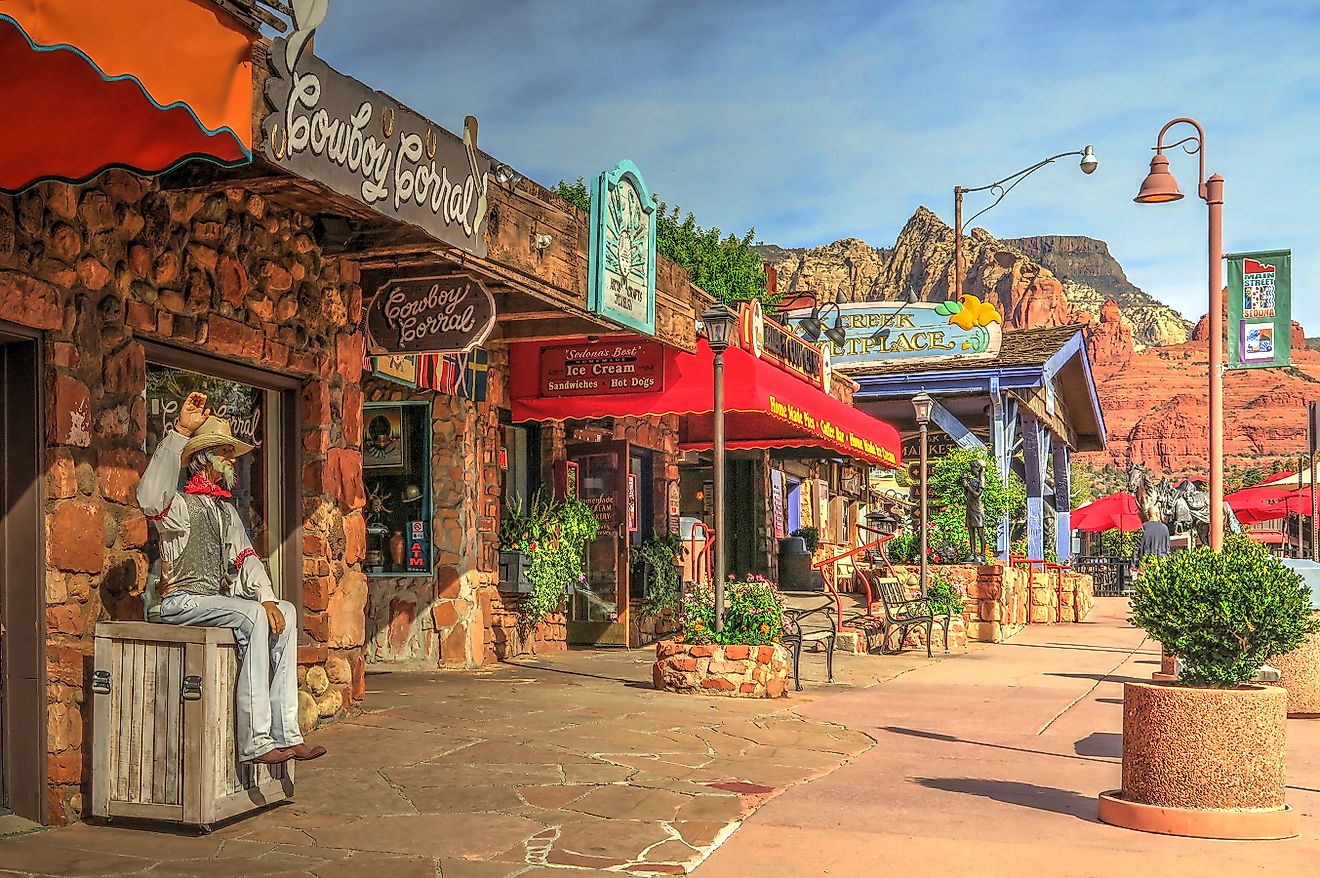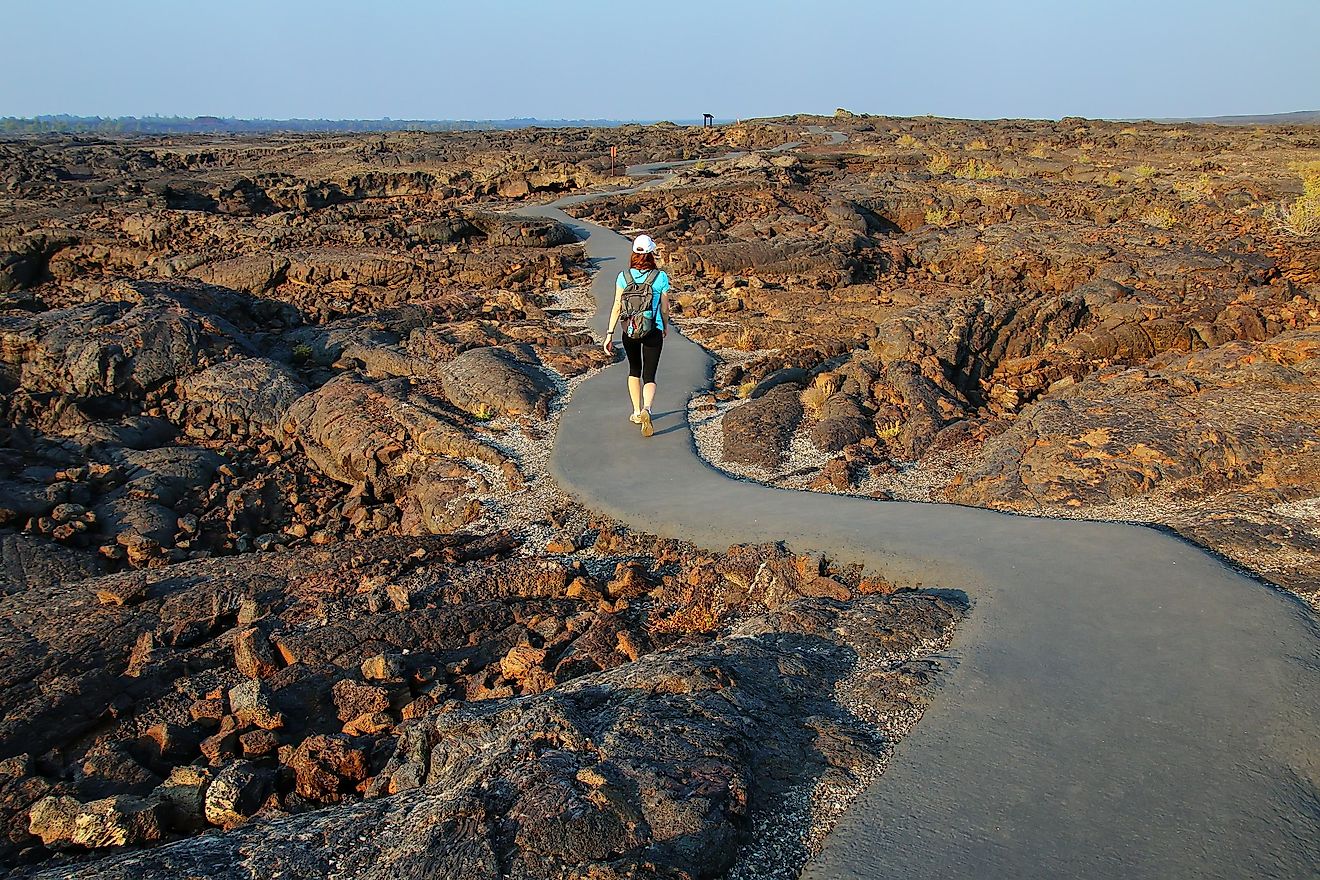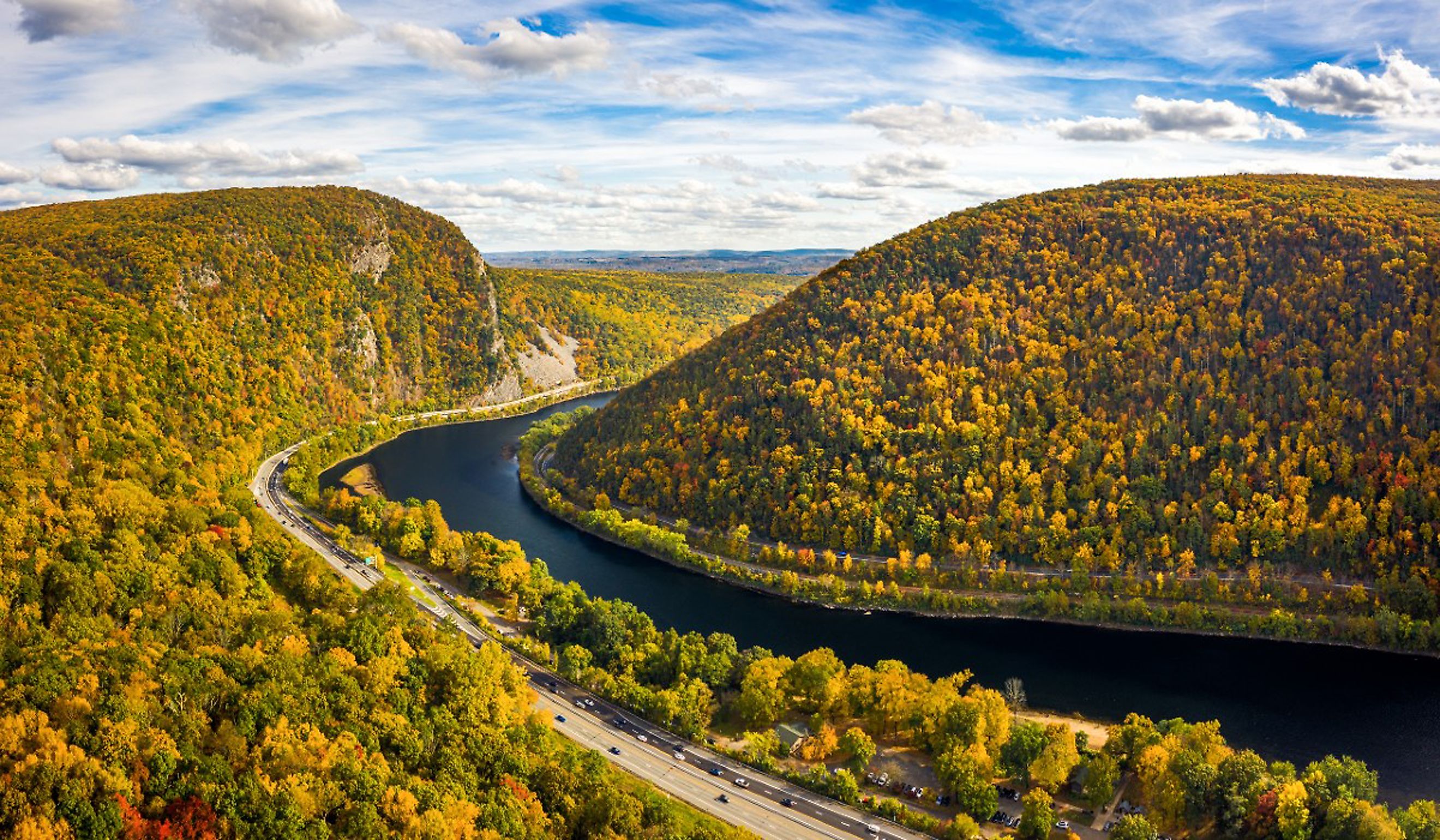
Delaware Water Gap National Recreation Area
Riding the border between Pennsylvania and New Jersey is one of the most spectacular parks in the eastern United States. Containing steep canyons that rival those often found out west, vast swathes of dense forest, and numerous other natural landmarks worth seeing, Delaware Water Gap National Recreation Area serves as both an important ecological preserve and a beloved space for outdoor recreation of all kinds.
Let's take a deeper look at this federally run parkland, from its diverse geography to the best sights and activities to be found within it.
Geography

The Delaware Water Gap National Recreation Area covers about 70,000 acres along the Pennsylvania and New Jersey border, following a 40-mile stretch of the Delaware River near the Pocono Mountains. Its most defining feature is the water gap itself, a towering canyon in which the river cuts through the Kittatinny Ridge, a prominent geological formation in the greater Appalachian Mountain range. The gap was formed over millions of years through a combination of glacial activity and erosion, creating steep cliffs that rise over 1,200 feet above the river in some places.
The region contains a varied topography that includes mixed-forest-covered mountains, rolling valleys, wetlands, and floodplains. On the New Jersey side, the terrain climbs quickly from the river up to ridgelines like Mount Tammany, while the Pennsylvania side offers broader forested slopes leading up to Mount Minsi. Elevation ranges from around 300 feet near the riverbanks to over 1,500 feet at the highest points, contributing to a variety of distinct ecological zones spread throughout.
Numerous tributary streams, waterfalls, and glacial lakes are scattered throughout the park, too. Flatbrook, Raymondskill Creek, and Dingmans Creek carve narrow ravines into the land, while smaller lakes, like Blue Mountain Lake, Hidden Lake, and a number of unnamed ponds, dot the area as well.
Flora and Fauna

The park's geography supports a rich diversity of habitats and is part of the larger Appalachian Highlands region, acting as a corridor for both wildlife and human travel for thousands of years.
Deciduous hardwood forests dominate, with oak, maple, hickory, and hemlock common throughout, with the region's many wetlands and floodplains particularly favorable for species like sycamore and red maple. With its sheer amount of leafy trees and 4 distinct seasons, the Delaware Water Gap is an especially popular spot for leaf peepers in the fall, as its forests explode with shades of orange, yellow, and red.
When it comes to animal life, black bears, raccoons, white-tailed deer, river otters, and even some bobcats are common sights, while bird species such as bald eagles, wood thrushes, and pileated woodpeckers thrive in the skies here. Seasonal migrations further enrich the biodiversity of the area's bird populations.
The park's streams and ponds support some amphibians like salamanders and frogs, while spaces with more open meadows are important habitats for pollinators, including native bees and butterflies.
Notable Trails, Landmarks, and Other Attractions in the Delaware Water Gap National Recreation Area
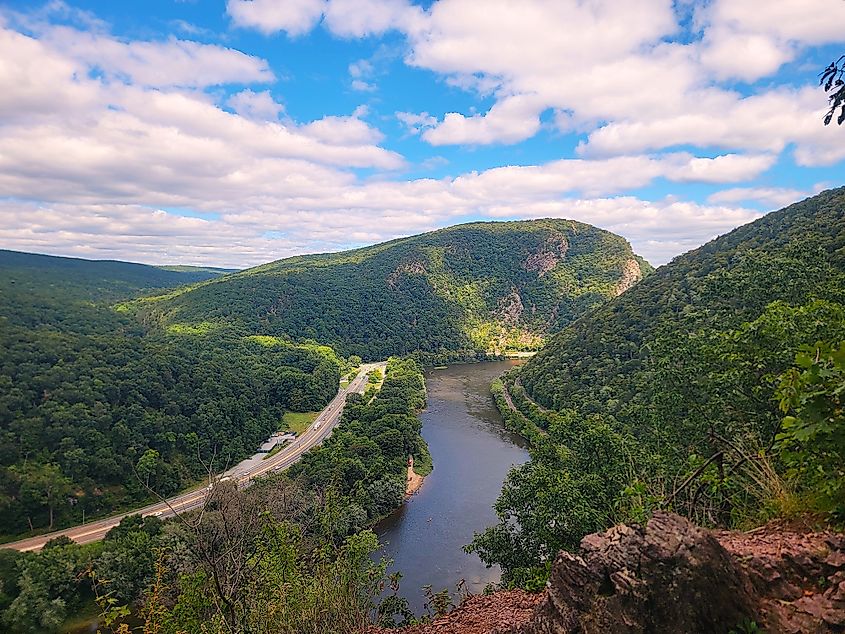
At the current rate, over 4 million visitors come to Delaware Water Gap National Recreation Area every year, making it one of the most visited parks in America. Whether looking for a place to paddle your canoe or Kayak, a new trail to conquer, a unique historic landmark, or whatever else, it is no wonder that this popular destination is beloved by residents and tourists alike. Here are some of the best things to see and do during your stay here.
Mount Tammany Trail
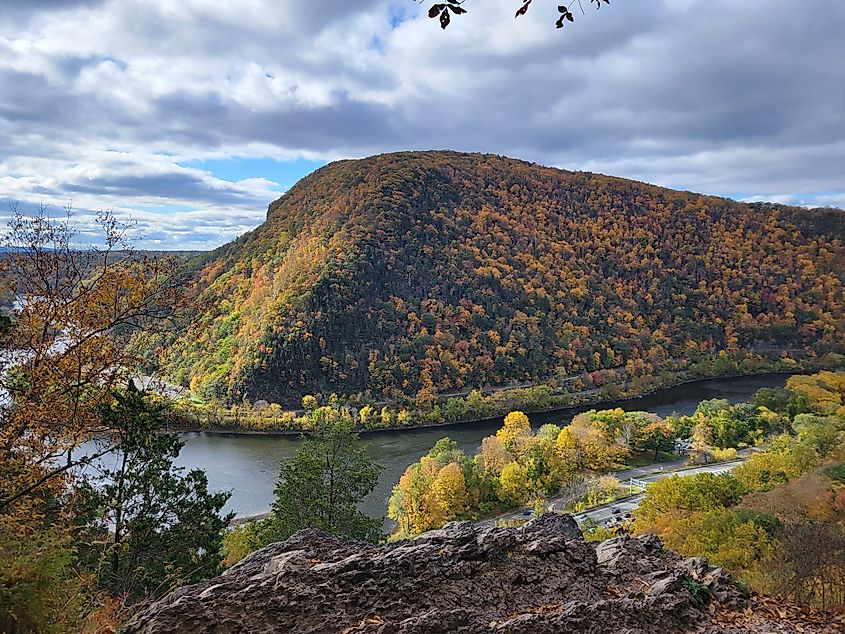
One of the most popular hikes in the park, the Mount Tammany Trail, leads to panoramic views from the New Jersey side of the gap. The 3.6-mile loop ascends steeply, passing rocky outcrops and forested switchbacks before reaching a summit overlook at a little over 1,250 feet. From there, you will get a clear view of the Delaware River cutting through the Appalachian ridgeline and the opposing Mount Minsi. From there, the descent follows alongside Dunnfield Creek, with abundant opportunities to stop by waterfalls and shaded pools. It’s a challenging route for most but definitely rewarding, especially during the fall foliage season.
Raymondskill Falls
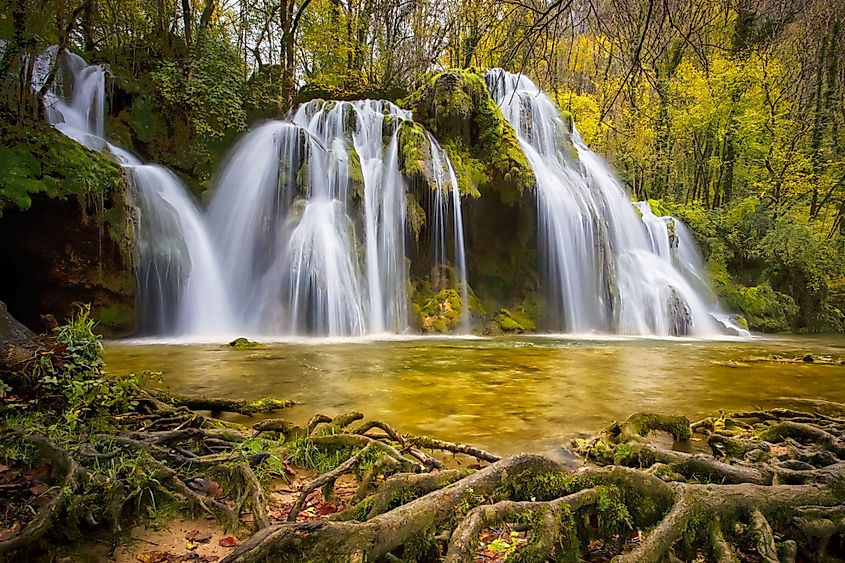
Located in Pennsylvania, Raymondskill Falls is the tallest waterfall in the state, dropping a total of 150 feet over three tiers. A short, well-maintained trail will lead you from the parking area to multiple viewing platforms that offer elevated and close views of the cascading water. The surrounding hemlock and hardwood forest create a shady, cool atmosphere, making it an ideal destination in the summer.
Though the walk is less than a mile round-trip, the scenery makes it one of the most visited natural landmarks in the park. The site also connects to longer trails for those seeking to extend their hike into the broader backcountry.
Mount Minsi
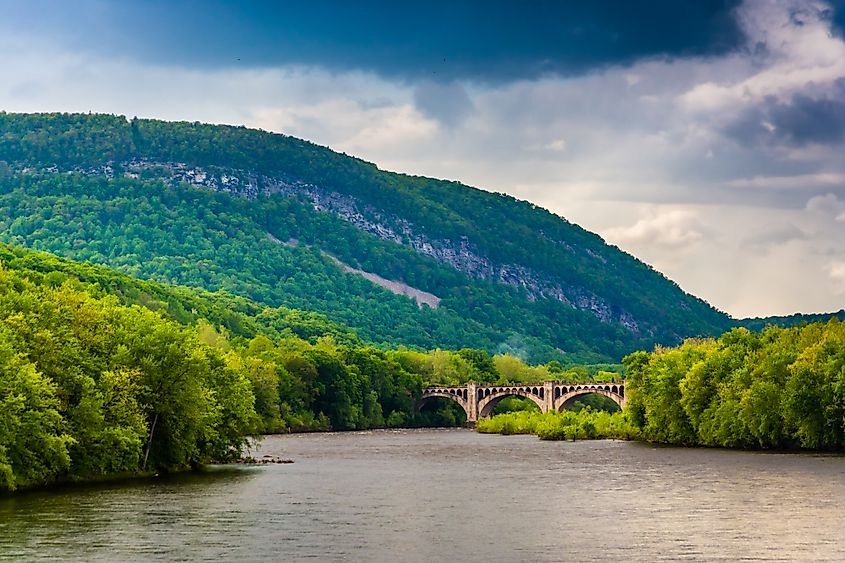
The Appalachian Trail crosses the Delaware River and ascends Mount Minsi from the Pennsylvania side, offering a moderately challenging hike with idyllic views of the surrounding countryside. This nearly 5-mile round-trip route begins near the town of Delaware Water Gap and climbs steadily over 1,030 feet through mixed hardwood forest, passing rocky outcrops, rhododendron thickets, and even some seasonal wildflowers if you're there at the right time. Several overlooks also provide sweeping views of the river, Mount Tammany, and the nearby ridges.
The trail is well-marked and frequently used by both thru-hikers and day-hikers. Moreover, it is simply a top choice for those seeking a thigh-burning trek with lots of elevation gain.
Kittatinny Point Visitor Center
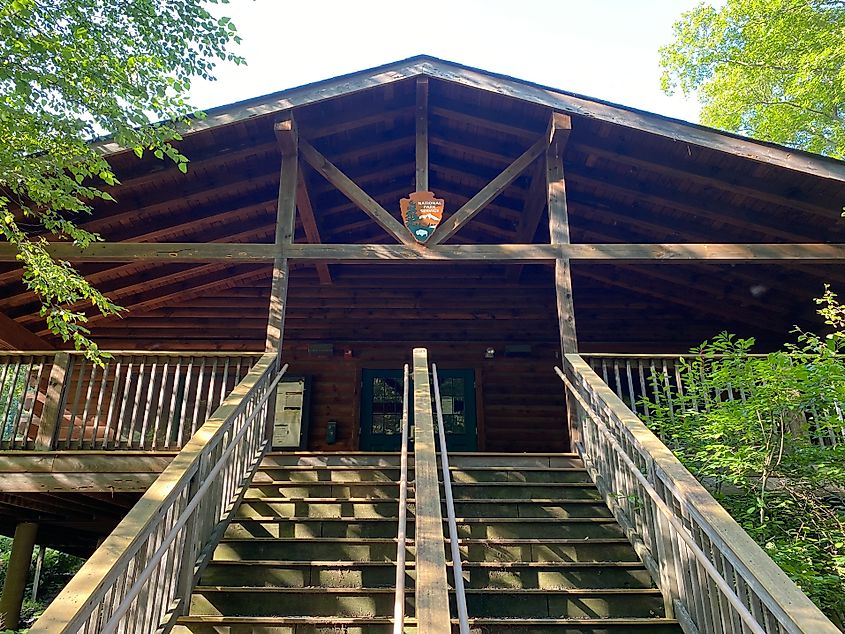
The Kittatinny Point Visitor Center, situated a short trip from Columbia, New Jersey, is a great starting point for any visit to the Delaware Water Gap. Here, you can grab a park map and access various amenities, including restrooms, drinking water, and picnic areas.
Sitting right on the Delaware River, it offers several easily accessible spaces to take in views of the surrounding mountains and waterways. The center also provides access to a few attached hiking trails, making it an ideal gateway to explore the park's natural beauty.
Millbrook Village Historic Site
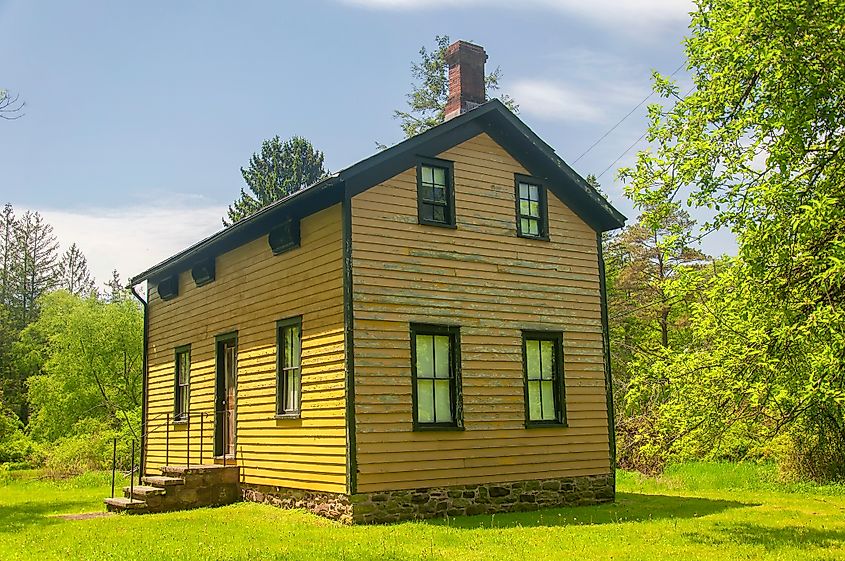
Millbrook Village rests within Hardwick Township on the New Jersey side. It is a recreated 19th-century rural community that offers a detailed window into the agricultural lifestyle of many of the park's earliest settlers. Established around 1832 with the construction of a grist mill by Abram Garis, the village flourished, reaching its peak in the coming decades with approximately 75 residents and 19 buildings.
Today, Millbrook Village features a combination of original structures and reconstructed buildings, all designed to bring to life the authentic atmosphere of a typical American hamlet from the 1800s. On select weekends, volunteers and park workers arrive to teach visitors more about settler history through demonstrations of period skills such as woodworking, blacksmithing, weaving, gardening, and more.
Buttermilk Falls
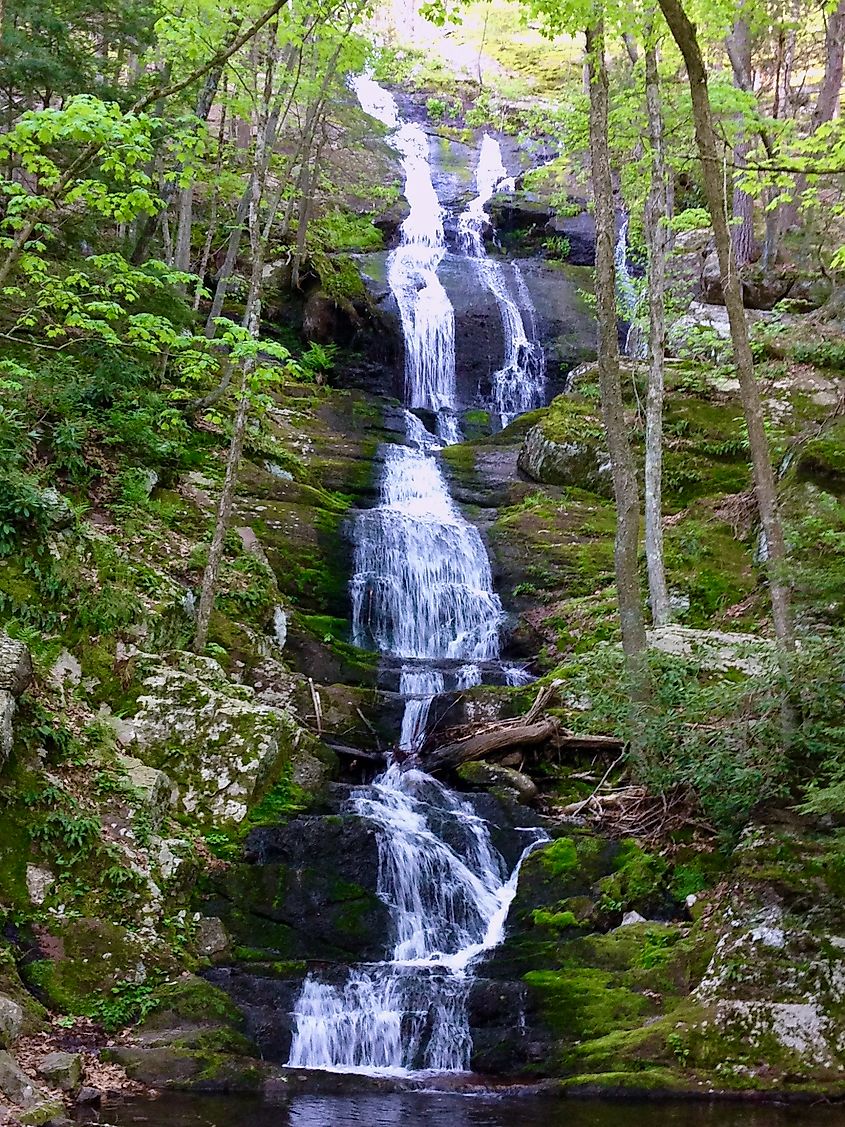
Buttermilk Falls flows near the town of Layton, and New Jersey's is the state's tallest waterfall, cascading 200 feet down a rocky, red shale face. A series of wooden stairs and observation platforms allow for close-up views and photo opportunities at this must-see natural feature.
For hikers, the Buttermilk Falls Trail offers a challenging ascent from the waterfall to the Appalachian National Scenic Trail. This 3-mile trail gains a lofty 1,130 feet in elevation, and along the way, you will traverse a lush and lively woodland where wildlife encounters are common. The trail also connects to other routes leading to Crater Lake and Hemlock Pond, providing options for an extended hike if you so wish.
Explore One of the East Coast's Best National Parks
From its wide range of scenic natural landmarks to its historic and ecological importance, the Delaware Gap National Recreation Area is among the best attractions near the United States' Atlantic Coast. It offers an unmatched stretch of wilderness just a short drive from some of the country's biggest and busiest cities, sitting only about an hour and a half west of New York City and under 2 hours north of Philadelphia.
Whether you're here to shoot some landscape photography with a magnificent waterfall as a backdrop, paddle the Delaware, delve into early American history, or go camping for your weekend escape, definitely consider this spot for a well-rounded trip in the great outdoors.
